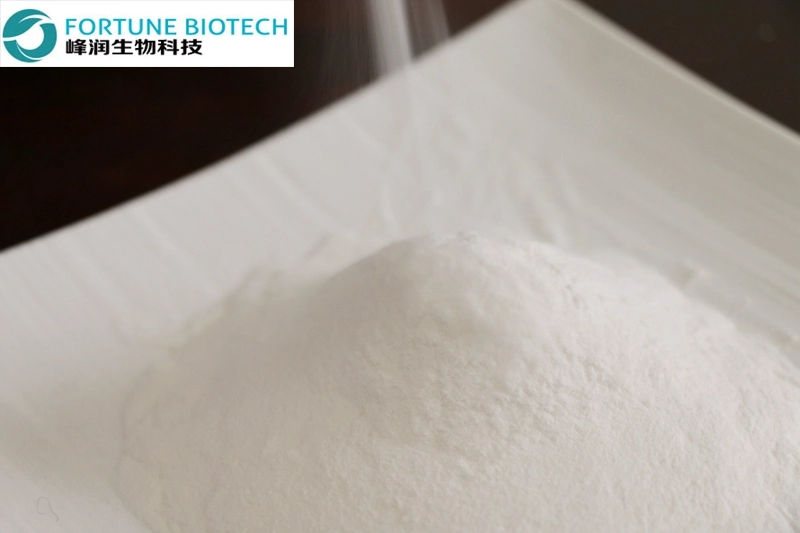Glazing Pulp Suspending Agent Carboxymethyl Cellulose CMC
Description
Sodium carboxymethyl cellulose (referred to CMC) is white or yellowish powder, granular or fibrous solid, tasteless, non-toxic, and water soluble. CMC is chosen as the electrolyte in the production of sanitary ceramics, due to its good adhesion, suspension, deagglomeration, and water retention effects. 
Applications
1. act as the binder and play a bonding role. It can increase the strength of blank material, reduce the drying shrinkage of glaze, make the green body and the glaze firmly combined and not easy to fall off, be easy for process operation, and avoid the flows of crawling and dry spray. While playing the role of suspension, it makes the ceramic slurry suspended and prevents precipitation.
2. play a role of water retention, make the glaze slurry have a certain water retention and the glaze layer are uniformly drying, forming a flat, dense glazed surface and the glazed surface is flat and smooth after firing.
3. CMC belongs to polyelectrolytes. It worked as binder and played a role of suspending. When CMC is added into glaze pulp, water seeped into the gel inside, and then its hydrophilic radical combined with water, and makes it swell. In addition, the gel inside is in hydration swelling conditions, while its outside forms the bound water layer. The micelle is free in the liquid cement at the first dissolution and due to the different and asymmetric size and form, and regularly close up to each other through the Van der Waals forces and then combined with water layer to form the large size network structure, so it has the stronger adhesive capacity.
Package
25kg/kraft bag
A 20GP can load 16 tons goods, not palletized